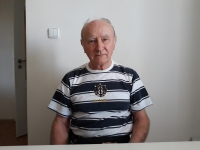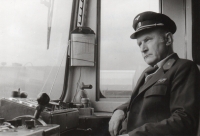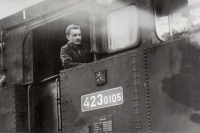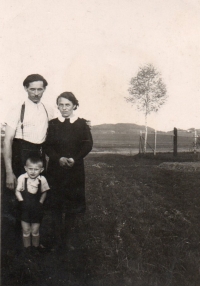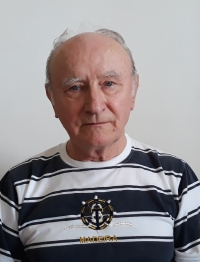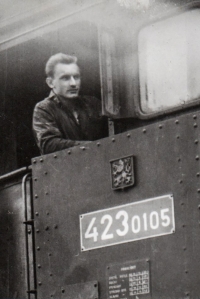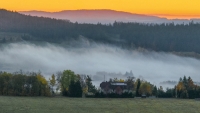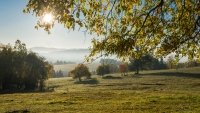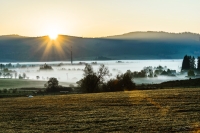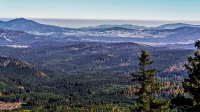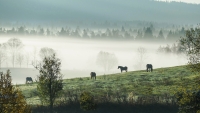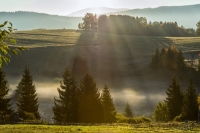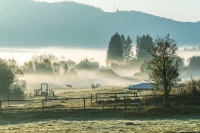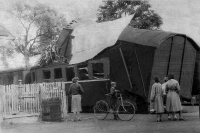Šumava remained my destiny
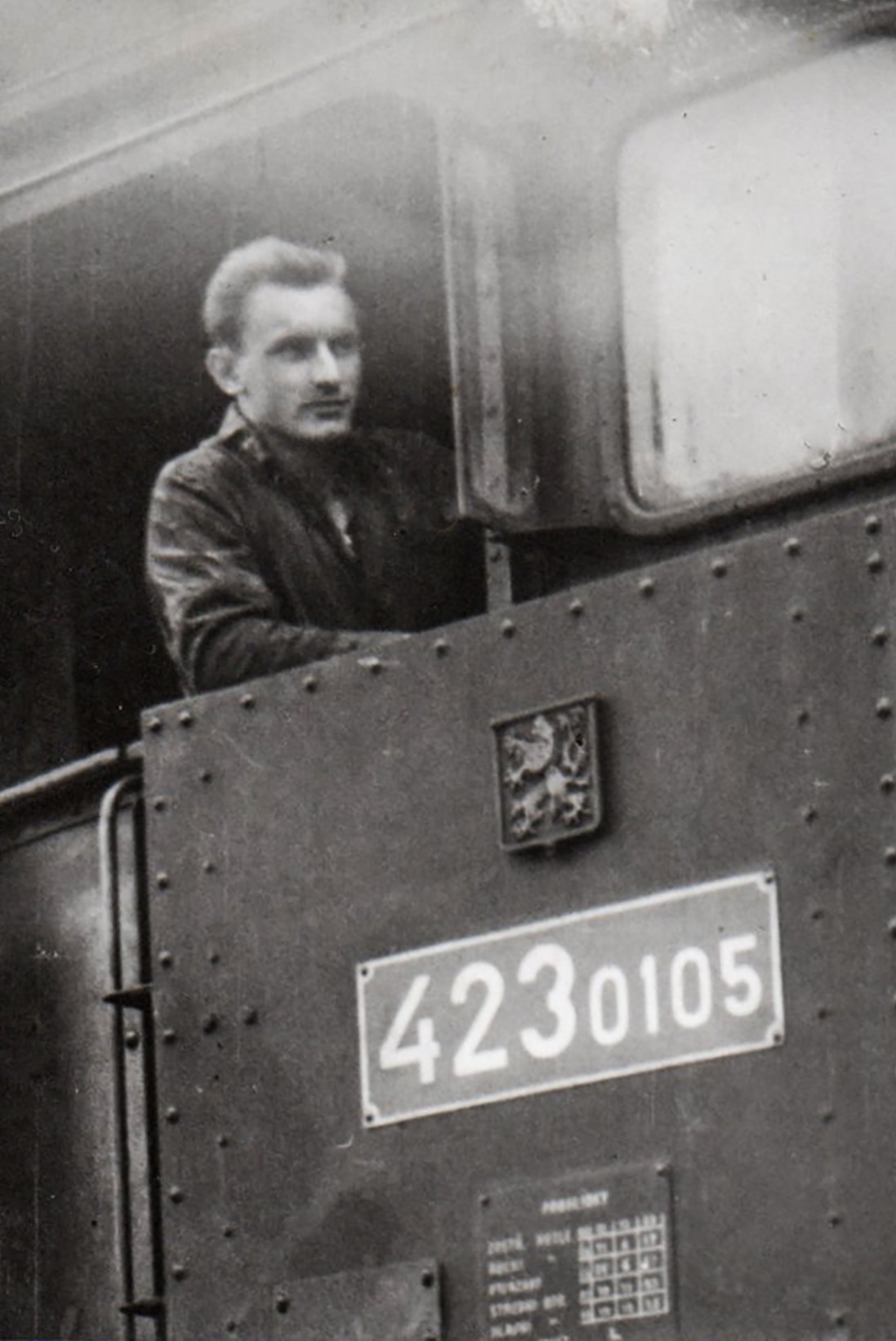
Download image
Josef Chrástka was born in Trhové Sviny on 19 February 1940. His mother was single, a difficult situation at the time. He was 5 years old when the Allies bombed České Budějovice. He was living with his mother and stepfather in the city’s quarter of Suché Vrbné. After the liberation, the family found a home in an abandoned and damaged house in Volary. The witness’s stepfather Ladislav Filek ran a cafeteria and then a newsstand at the train station. The communists took it away after they came to power. Josef Chrástka received his first camera from his father. He trained as a train driver in České Velenice. He started working in Volary, first in a depot workshop, then as a steam locomotive stoker. He drove all types of locomotives, steam and diesel, both freight and passenger trains. He met his future wife on the railroad. He was assigned to Cheb in 1968. This is where he and wife Marie witnessed the invasion of the Warsaw Pact troops. He was reassigned to the Rakovník depot in 1986. Having retired, he worked as a guide in the railway museum in Lužná u Rakovníka. He would return to Šumava all his life as an avid photographer. His photographs capture the changes of the Šumava landscape, its charm and poetry. His last exhibition, Šumava Odyssey, was held in Rakovník in 2021. He lived with his wife in Aš in 2023.
